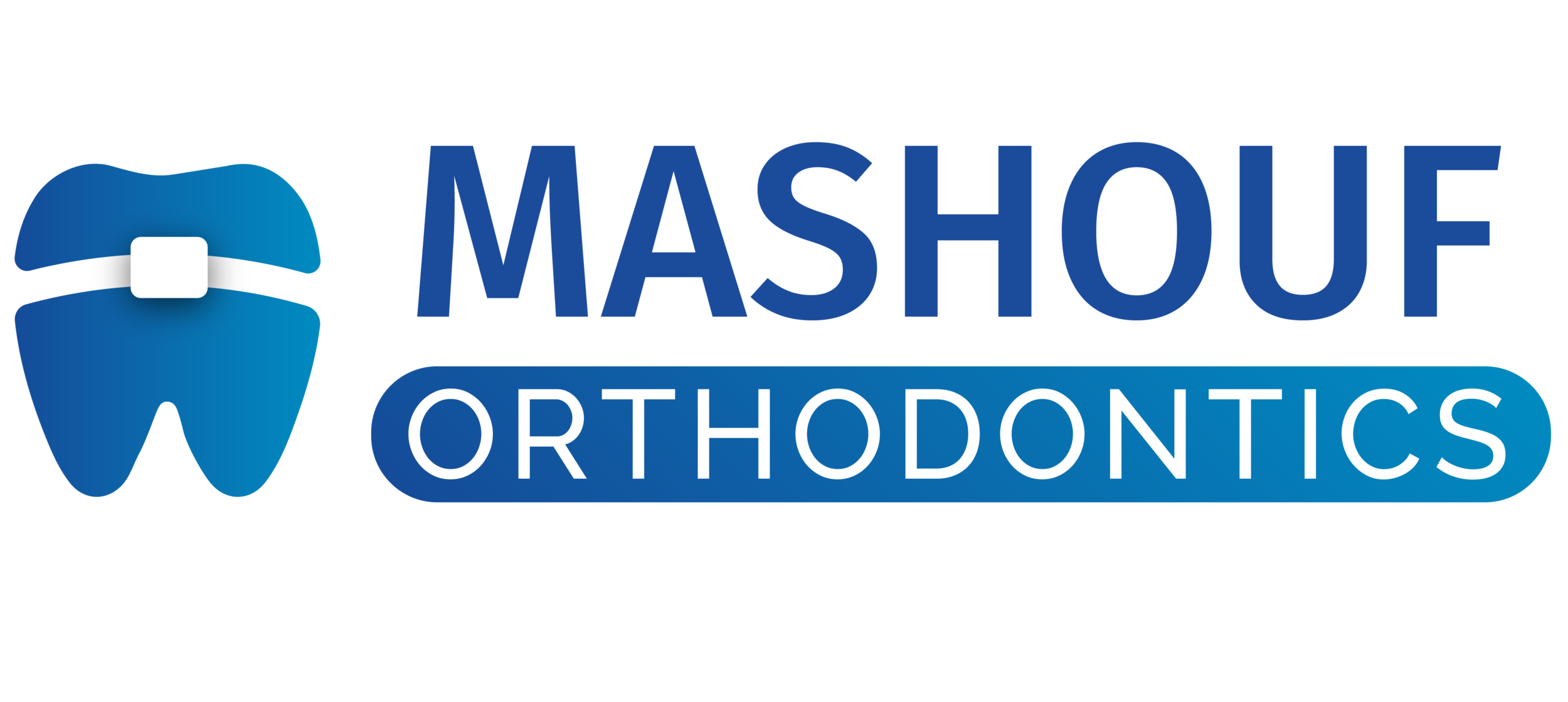Patient’s Values and Preferences
Paying attention to patient’s values and preferences is a fairly new concept. Prior to 1990, the decision-making about a patient’s medical and dental treatment was left entirely to the practitioner. Patients who disagreed with or disputed their doctor’s decision were regarded as problem makers and were dismissed.
The online availability of health related information played a crucial factor in adjusting doctor/patient relationship. Availability of medical information allowed patients to learn about alternative approaches to many of the medical and dental procedures. Cosmetic surgery and dentistry were the first disciplines to embrace the change and the informed patients’ viewpoint proved to help improve the outcomes.
It took somewhat longer for the orthodontic community to adapt to the patient’s empowered attitude. Until recently, orthodontists based their treatment objectives mainly on morphological aspects, whereas the issues relevant to patients were largely overlooked.
Recently, there has been a surge of body of literature that highlights the importance of patient values as an equally important component of treatment as those of clinical expertise and scientific evidence (Figure).
In our orthodontic practice we consider our patients as the key stake holders in decision making. We strongly believe that treatment results are vastly improved when we listen to our patients and incorporate their values and preferences into their treatment plan.
The components of evidence-based dentistry (EBD).
Figure is from Journal of American Dental Association Nov. 2014 Issue: 145 (11), Pg 1106. http://jada.org

